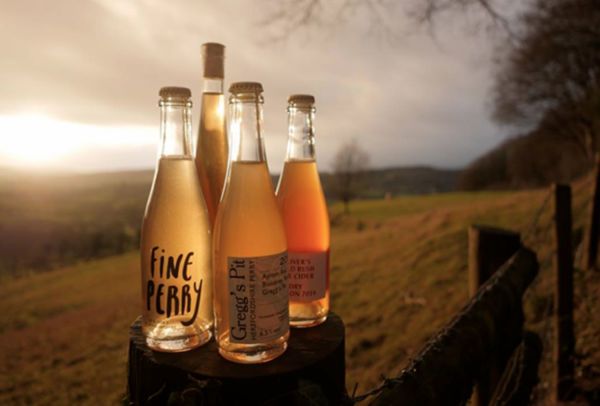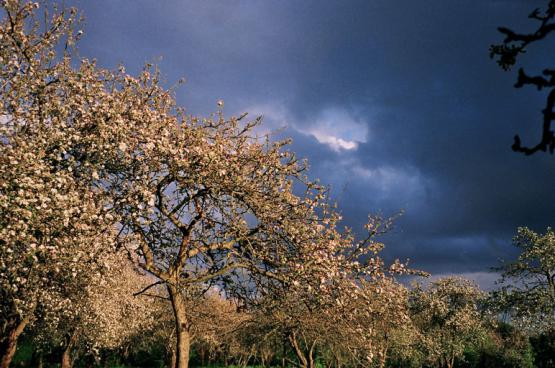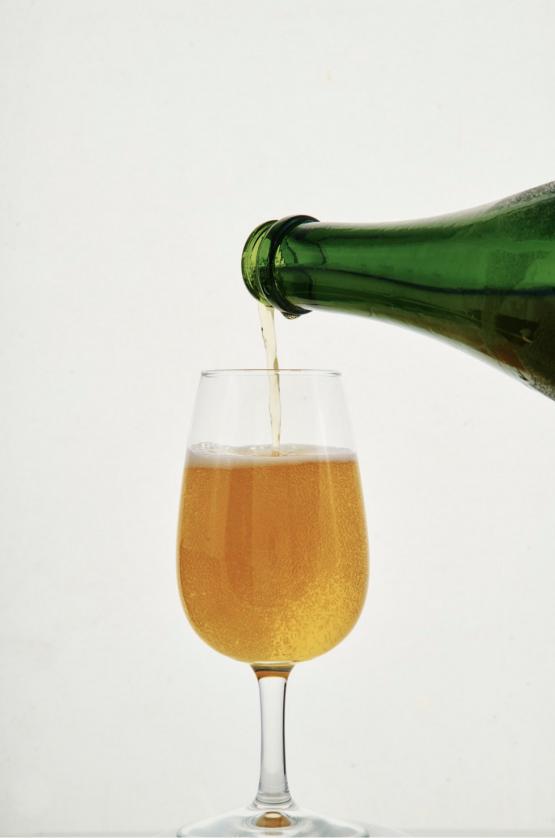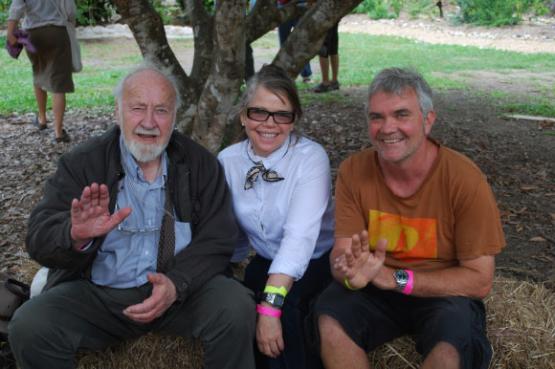
Understanding Fine Cider
4 min read
Good cider is a much greater rarity than good wine – J.M. Trowbridge, New York, 1890
Cider at it’s simplest, is nothing but juice and time. Yet while the time span of long slow fermentations bring with it things of depth and complexity, the longer arc of time has bought the opposite properties for cider as a whole. It has bought the fast and fruitless, the lowest-common-industrial-denominator that instills the present day perception of cider in the public consciousness.
At it’s best it is a different thing. The fruit, cider apple varieties, number into the hundreds if not thousands. In Britain alone it was known we once grew over 360 varieties of cider apple, destined solely for their eponymous use. The Foxwhelp, Dabinett, Chisel Jersey & White Close Pippin among them. Some reign when used alone, as single varieties, as were favoured by the gentry of the 18th Century. Others hold properties prized in blending, with characters fit for company.

Then lies geography. The depths and climactic tannins from the terroir of Herefordshire, the more mellow makeup of Somerset, the lost orchards of Devon, and the sharpness of the East Coast. As well as the variation of wild yeasts of local allegiance, and the variation across vintages.
Then lies the maker, and a broad array of styles, means and manners of making. Those that sparkle stem from the invention of ‘Vere Anglais’ bottle glass in Western England in the mid 1600’s.
Where on the 23rd May 1615, king James I banned by royal proclamation the use of charcoal in glass making, as the timber was required for the Navy. This led to the use of coal fired furnaces, far higher in heat. The bottles created thereafter, were able to withstand the considerable pressures of a secondary fermentation; and for the first time – in this country at least – cork was used as a seal, sourced from Portugal.
A key method among the many possible is Keeving. Keeving is a means of retaining a natural sweetness in the cider without it fermenting fully dry. The earliest references to keeving I know of come from the 1660’s, although it is pointed out by the historian that they did not quite understand how the process worked.
Later, in Hugh Stafford’s Treatise of 1753, while describing the means of making fine ciders “fit for a gentleman”, he instructs that the first pressing should be strained straight into a vessel or “Keeve” and left until a cap of pulp had started to form. It should then be drawn off via a tap about 4 inches from the bottom, into closed casks leaving both the cap and lees behind. It must be repeatedly racked thereafter “until the cyder is as sweet as you desire and ceases hissing”. The resulting drink would be “soft and mellow and perfectly sweet”.
I am aware of the slight natural keeve that can occur, from certain fruit in certain conditions. But traditionally salt and chalk, or even wood ash, were added to the raw pressed juice. Items seemingly so specific that the discovery of this method is intriguing to imagine.
Since these times, Keeving has become better understood and actively encouraged. After the juices have been pressed from the apple the maker will add an enzyme, one that is also naturally present in the fruit, and a small quantity of calcium chloride.
The result is a thickened layer forms atop the surface of the juice. It binds within it much of the protein from the juice, absorbing nitrogen and vitamins that would otherwise provide nutrient for the wild yeasts.
The English term for this layer atop the juice is ‘the Flying Lees’, and the French termed it ‘Le Chapeau Brun’, the brown hat. It is caused to rise and compact in this manner by the first incipient fermentation.
A clear, slow fermenting juice & low nutrient juice is then racked off from beneath, leaving these lees – flying and bottom bound – behind. Depleted in nutrients, too few to fully ferment, and with CO2 and alcohol building up in the liquid, the fermentation ceases early and a cider will result that holds a natural residual sweetness.
When bottled in the latter throws of fermentation, a duration of as little as 4 weeks will produce a beautiful, fine natural sparkle. Effervescent in feel and emanating a deep oxidised amber.
It is a precise process, naturally vulnerable to failure from overly warm weather and inexperienced stewardship. You can taste some of it’s finest stewards at RAW later this month, such as the 2014 vintage of Oliver’s Bottle Conditioned, which was racked 7 times in its making and has probably received as many awards.
By Felix Nash*, Founder of The Fine Cider Company
*I am indebted to Ted brunning & Pete Brown for much of the information in this article, by virtue of their books ‘The World’s Best Cider’ and ‘Golden Fire: the story of cider. As well as James Marsden, of Gregg’s Pit cider, and his descriptions of keeving.



